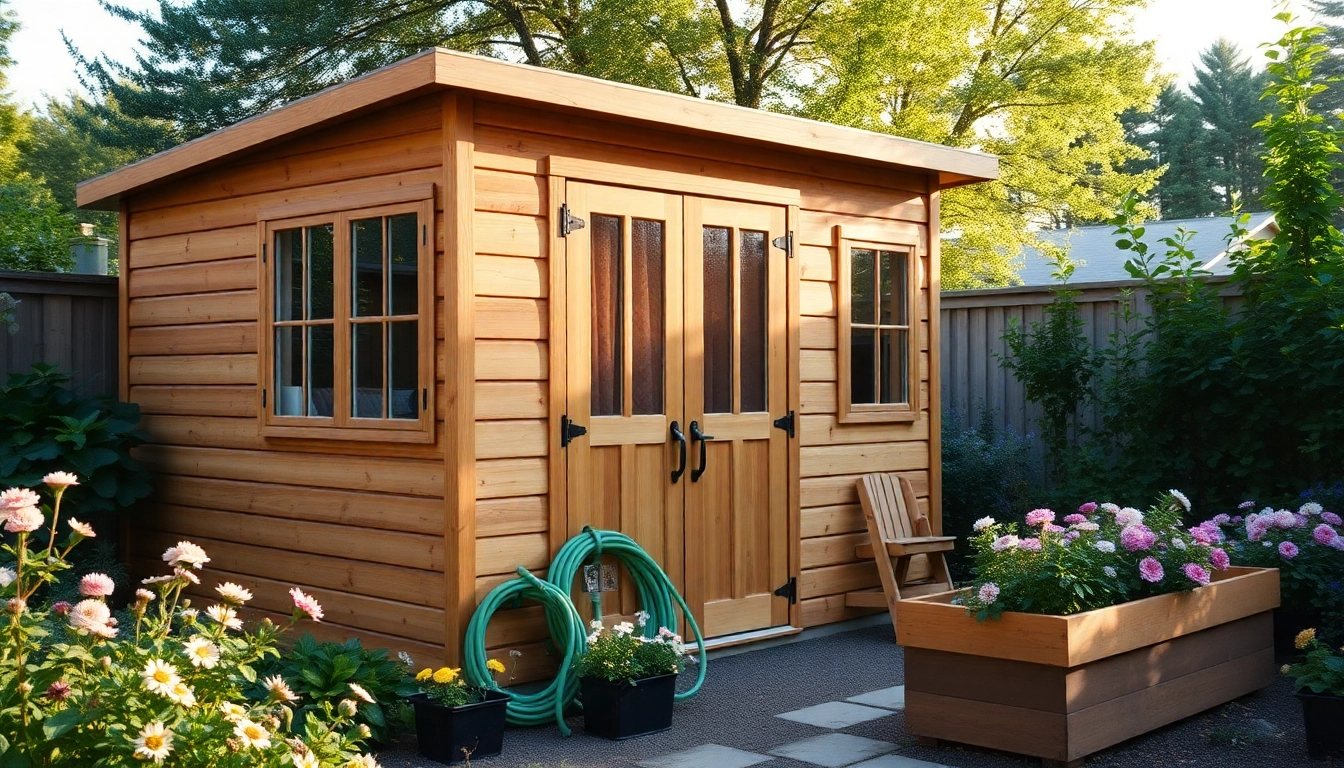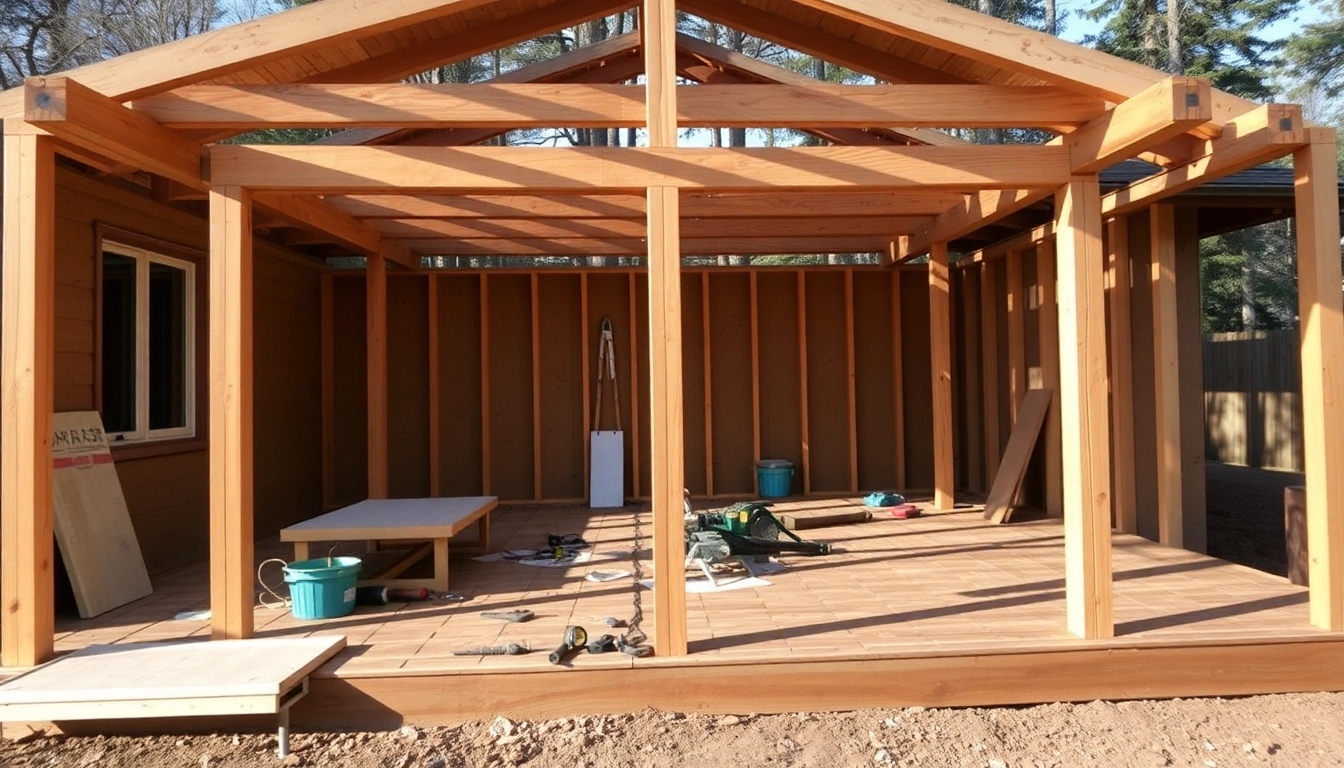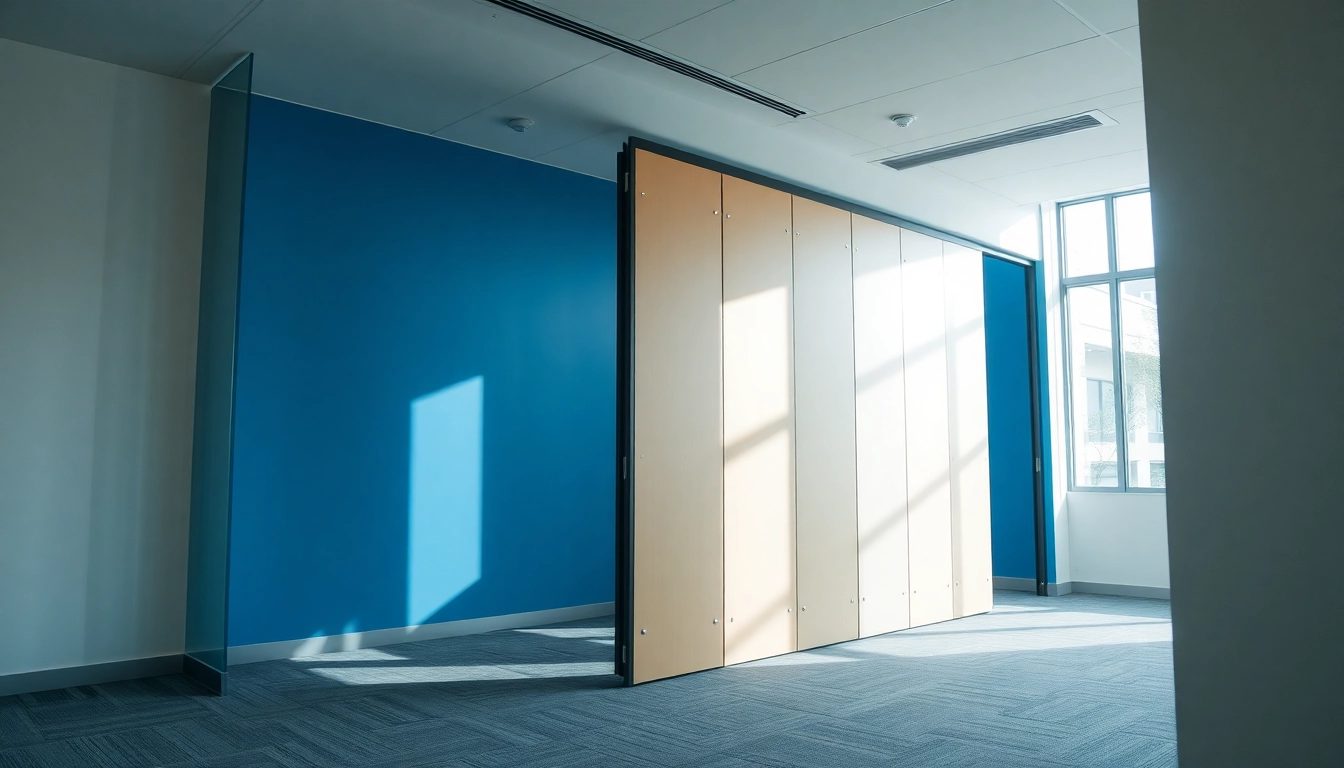Understanding Custom Built Storage Sheds
1. What Are Custom Built Storage Sheds?
Custom built storage sheds are tailored outdoor structures designed to meet specific needs and preferences. Unlike standard models, these sheds offer flexibility in design, size, and function. Whether you need a small garden shed, a spacious workshop, or a comprehensive storage solution, custom sheds can be crafted to your specifications. They can be designed for various uses—a workshop, a playhouse, a tool storage unit, or even an art studio. With the option to customize materials, colors, and finishes, these structures make a unique addition to any property.
2. Benefits of Investing in Custom Built Storage Sheds
Investing in custom built storage sheds comes with numerous advantages:
- Tailored Solutions: You can address your unique storage needs with specificity, ensuring optimal space utilization.
- Enhanced Aesthetics: Customization allows for designs that harmonize with your property’s architecture, boosting curb appeal.
- Quality Craftsmanship: Tailored sheds are built with durability in mind, typically using higher quality materials than mass-produced options.
- Increased Property Value: A well-built custom shed can enhance the overall value of your property.
- Efficiency of Space: By designing the shed to fit your space perfectly, you maximize the storage potential.
For those interested in custom built storage sheds, the benefits are clear. Specialized structures not only cater to individual requirements but also contribute positively to the environment in which they are placed.
3. Common Uses for Custom Built Storage Sheds
Custom built storage sheds can serve various purposes, including:
- Garden Storage: Perfect for storing tools, soil, and pots.
- Workshops: Ideal for crafting, gardening, or DIY projects.
- Outdoor Offices: Creating a quiet workspace away from the home.
- Play Areas: Custom sheds can be designed as children’s playhouses or activity centers.
- Pet Houses: Providing additional housing and shelter for pets.
Choosing the Right Design for Your Custom Shed
1. Popular Styles of Custom Built Storage Sheds
When it comes to the design of custom sheds, there are several popular styles to consider:
- A-Frame Sheds: These classic designs, with sloped roofs, are functional and aesthetically pleasing, allowing for efficient rain runoff and snow load.
- Gable Sheds: Characterized by a triangular roof, gable sheds offer excellent ventilation and space for loft storage.
- Lean-To Sheds: These are built against an existing structure, maximizing space while remaining budget-friendly.
- Shop Sheds: With ample workspace and storage, these sheds are perfect for hobbyists and professionals alike.
- Cabin-style Sheds: These provide a rustic aesthetic, ideal for integrating into wooded settings.
2. Factors to Consider When Designing Your Shed
Before settling on a design, consider these factors:
- Intended Use: Different usages require unique designs; assess what you need the shed for.
- Size: Evaluate the available space in your yard and consider the scale of the shed accordingly.
- Local Regulations: Be aware of zoning laws and building codes in your area that may impact design.
- Budget: Determine how much you are willing to invest upfront and in maintenance.
- Accessibility: Plan for access points and pathways that lead to and from the shed.
3. Integrating Custom Sheds Into Your Landscape
Design should not only focus on the shed itself but also on how it will integrate with its surroundings. Consider the following design tips:
- Consistency in Materials: Choose materials that complement your home and garden. Matching colors and textures enhance harmony.
- Landscaping: Incorporate shrubs, flowers, or pathways leading to the shed to soften its appearance and blend it into the natural environment.
- Lighting: Strategic outdoor lighting enhances the aesthetic and functionality, allowing the shed to be used even after dark.
- Functional Placement: Position the shed in relation to existing structures to ensure convenience while using it.
The Construction Process of Custom Built Storage Sheds
1. How Are Custom Built Storage Sheds Made?
The construction of custom built storage sheds typically involves several steps:
- Consultation: A discussion with the builder to outline needs, budget, and design preferences.
- Design Planning: Collaboratively drafting plans that encompass dimensions, materials, and features.
- Site Prep: Preparing the foundation or base area where the shed will sit.
- Construction: Assembling the shed on-site or off-site based on the design; typically includes building the framework, walls, roofing, and installing fixtures.
- Finishing Touches: Adding paint, insulation, shelving, and any accessories based on the client’s preferences.
2. Materials Used in Custom Shed Construction
Choosing the right materials is crucial for both durability and aesthetics. Common materials include:
- Wood: Offers traditional beauty but requires regular maintenance.
- Vinyl: Low maintenance and available in various colors and styles.
- Metal: Provides extreme durability and is often used for a modern look.
- Composite Materials: A mix of wood and synthetic materials, offering strength and reduced upkeep.
3. Timeline and Planning for Shed Deliveries
Planning for delivery and setup is essential to ensure minimal disruption:
- Set a Realistic Timeline: Factor in design approval, materials sourcing, and construction time, which can range from a few days to several weeks.
- Consider Seasonal Factors: Weather conditions can influence construction timelines; it’s important to plan your project during favorable conditions.
- Site Accessibility: Ensure the delivery team can access the site without hindrance, considering any landscaping or obstacles in the way.
Costs Related to Custom Built Storage Sheds
1. Factors Affecting the Price of Custom Built Sheds
The cost of custom built storage sheds can vary based on several factors:
- Size: Larger sheds will obviously cost more due to increased materials and labor.
- Materials: High-quality materials and intricate designs can raise the overall cost.
- Design Complexity: Custom designs that require specialized craftsmanship may involve additional costs.
- Location: Costs can vary based on local labor rates and the proximity of suppliers for materials.
- Additional Features: Features such as windows, custom doors, insulation, and electricity add to the price.
2. Budgeting for Your Custom Shed Project
Establishing a clear budget is pivotal to the planning process:
- Define Your Budget: Set a reasonable upper limit accounting for design, materials, labor, and permits.
- Get Quotes: Contact multiple builders to receive estimates and details about what is included in their pricing.
- Allow for Contingencies: Allocate extra funds for unforeseen expenses that may arise during construction.
3. Comparing Quotes from Different Shed Builders
When considering quotes, ensure you’re comparing apples to apples:
- Inclusions: Verify what each quote includes in terms of materials, labor, and aftercare.
- Builder Reputation: Research reviews and testimonials for the builders you are considering to ensure quality.
- Warranty Offers: Check the warranties on materials and construction work to safeguard your investment.
Maintaining Your Custom Built Storage Shed
1. Routine Maintenance Tips for Long-term Durability
Regular maintenance can significantly prolong the life of your custom shed:
- Inspect for Damage: Regularly check for signs of wear, rot, and pest damage.
- Cleaning: Keep the shed clear of debris and dirt, especially around gutters and roofs, to ensure water drains appropriately.
- Repaint: For wooden sheds, repainting every few years can prevent damage from the elements.
- Check Seals and Fittings: Ensure windows and doors are sealed properly to prevent moisture ingress.
2. Seasonal Care for Your Custom Shed
Different seasons bring varying maintenance needs:
- Spring: Inspect for winter damage and prepare your shed for the busy summer months.
- Summer: Ensure ventilation to prevent heat buildup, especially if you use the shed as a workspace.
- Autumn: Clear leaves and debris from the roof and gutters to avoid blockages in winter.
- Winter: Check for snow accumulation on the roof to prevent structural stress.
3. Renovations and Upgrades for Older Sheds
As your needs evolve, so may your shed requirements:
- Adding Electricity: Consider wiring your shed for lighting and outlets.
- Upgrading Windows: Larger or more energy-efficient windows can enhance natural light.
- Renovate Interior: Adding shelving or workspace can maximize storage and functionality.
- Re-staining or Painting: Refresh the exterior to maintain visual appeal and protection against the elements.



